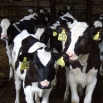Knowledgebase
Kingshay's Knowledgebase - Replacement Heifers
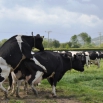
Poor fertility is one of the largest economic problems on dairy farms. Data from Kingshay Dairy Manager puts the losses as a result of poor fertility at £197 per cow, or...
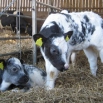
It is estimated that more than 6% of calves die before they reach six months of age, most of these losses occur in the first month of the calves’ life and many are a re...
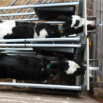
Calf milk replacers (CMRs) have been available in the UK since the 1950s. Over the last couple of decades there have been significant changes to formulations, with many o...
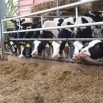
Replacement heifers are one of the most valuable assets but also biggest costs to a farm. Physical development is more important than age at first calving for a success...
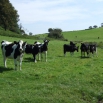
As the industry looks to adopt precision farming, improve efficiencies and maximise the value of every calf, genomics is going to play an increasing role on dairy farms. ...
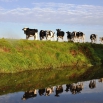
Consistent growth throughout their early years is essential to ensure heifers calve in at the most economical age at first calving of 24 months, but all too often turnout...
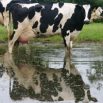
Leptospirosis (lepto) is a bacterial disease of cows which causes infertility, abortion storms, higher cell counts and lower milk yields. Control of lepto is particularl...
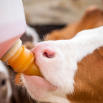
Mortality statistics show that the first three months of a calf’s life are pivotal when it comes to overall survival. This Dairy Insight looks at ensuring a healthy sta...
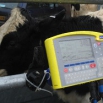
Heifers are the future of your herd and time spent ensuring they reach targets effectively and efficiently will pay dividends when they enter the herd. A typical 150 cow ...
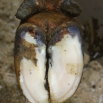
This is the first issue of our new publication, RESEARCH insight. The aim of the publication is to translate relevant scientific research into useful information for your...
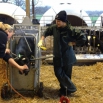
In recent years many papers have been published around the procedure of disbudding, the use of NSAIDs, as well as health and safety aspects - including the inhalation of ...

